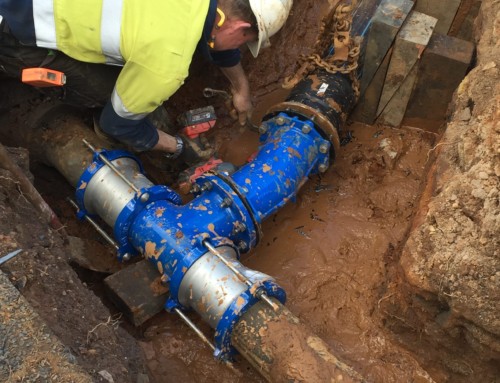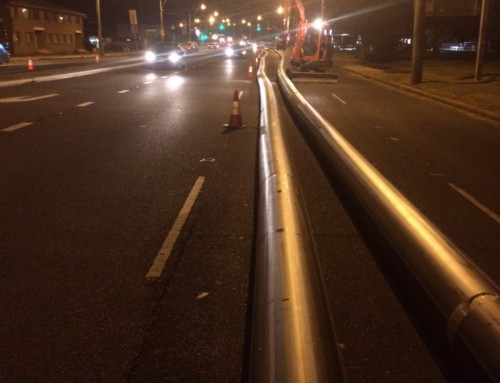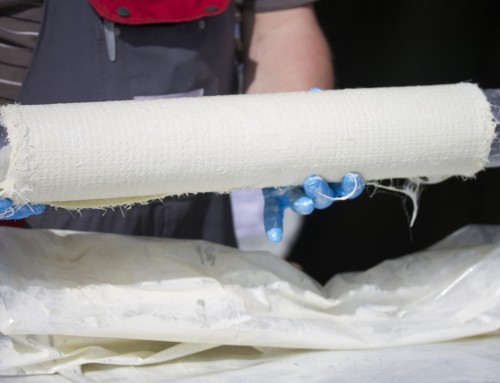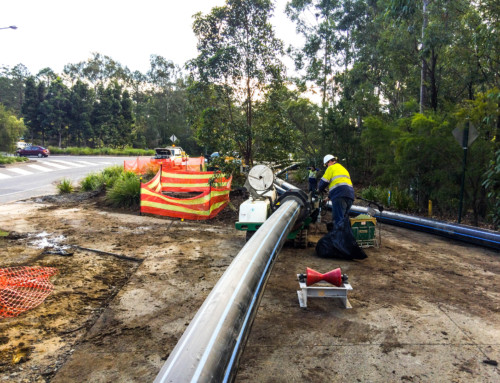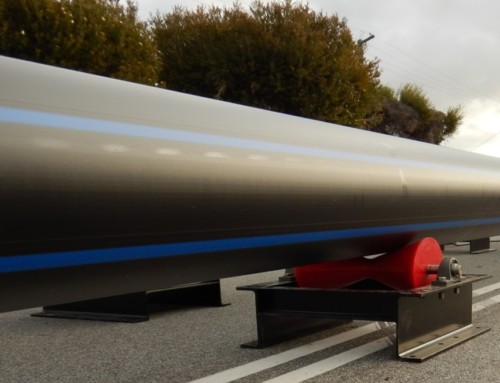Project Description
The NSW Roads & Maritime Services (RMS) had identified that two 60 metre 900mm corrugated steel culverts under the Princes Highway at the Kiama bends needed to have the structural integrity of the culverts reinstated. ITS has completed the structural renovation of these corrugated steel culverts using a fibreglass reinforced structural lining system supplied by BKP-Berolina of Berlin, Germany, that is cured using ultra-violet light. This sets a new first for the application of this product in Australia.
The Kiama Culvert Lining project had a number of challenges associated with it due to access restrictions, host pipe defects, and the corrugated steel pipe material which was severely corroded in many sections. In addition to the site challenges, the client required a fully structural solution with a minimum 50 year service life whilst minimising the loss of bore. The area was also sensitive from an environmental perspective so it was important that the lining process did not contaminate downstream creeks or streams. Having considered all possible options, ITS opted to use the Berolina Liner System (technical details on this product can be found at www.bkp-berolina.de). This fully structural pipe lining solution sets new standards in pipe rehabilitation due to its high strength, long service life, cost effectiveness and installation methodology with minimal site footprint.
The Berolina Liner is constructed of corrosion resistant fibreglass and polyester felt impregnated with high-grade vinyl ester resin which are set in an over-lapping arrangement. This provides the product with very unique stretching properties during calibration, which allows it to fit tightly into difficult profiles such as corrugated steel. The wall thickness required to achieve standalone structural strength compared to typical felt and resin liners which only use the felt purely as a resin carrier is much thinner due to the reinforcement materials used in the liner manufacture.
There are a number of specific advantages in using the Berolina liner, a few of these are detailed below:
- Excellent mechanical properties due to the reinforcement provided by the fibreglass into which the resin is wetted out.
- No possibility of long term shrinkage but very good flexural properties.
- A liner which has been specifically manufactured for the project under strict quality control conditions and delivered to site ready to install.
- No process water is used in the curing of the product as the curing is done purely by ultra violet light as opposed to other systems that may use hot water or steam. Therefore there is no possibility of downstream styrene pollution due to release of the contaminated process water.
- Minimal site footprint for UV curing equipment.
- Quick installation and immediate return to service on completion of curing.
For this project, we used a portable UV curing unit which required minimal site footprint which was easily wheeled into place. Following cleaning and preparation of the host pipe, we installed a pre liner or gliding foil which ensured the uncured liner material would not be damaged during tow-in. Once in position, the liner was fitted with end packers, inflated and calibrated to tightly fit the host corrugated pipe profile. Following calibration, the UV light train was inserted for curing. The curing process is fully controlled, which means the recorded data can be supplied to the client on completion as part of the QA documentation together with the liner manufacturer’s quality record.
Once cured, the ends were trimmed, the liner inner film removed, and the rehabilitated culvert immediately returned to service. The entire process from start to finish took 6 working days and given the large catchment area that these culverts service, the shorter working timeframe allowed a return into full operation before any significant rainfall events. From the ensuing CCTV footage, the clearly defined corrugations and quality of finish was proof that ITS had achieved an outstanding outcome. It also demonstrated the suitability of this technology for the renewal of corrugated steel culvert and pipelines up to 1.5 metre in diameter and sets a new benchmark for culvert lining solutions in Australia.
In summary, RMS now has a very smooth, tight fitting, abrasion and chemically resistant structural liner which will provide for a minimum 50 year service life.




